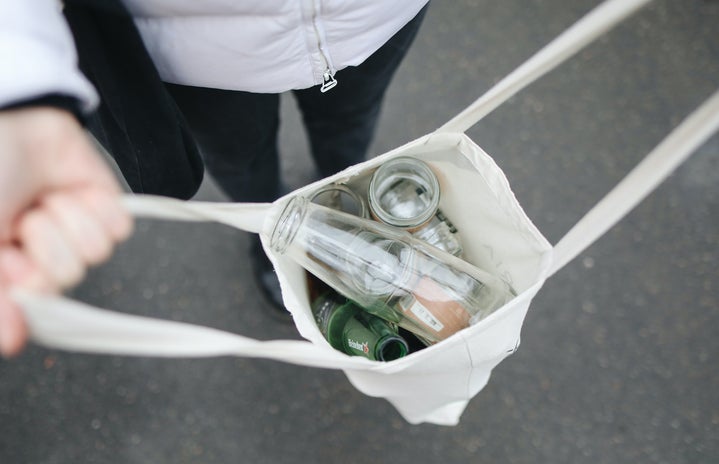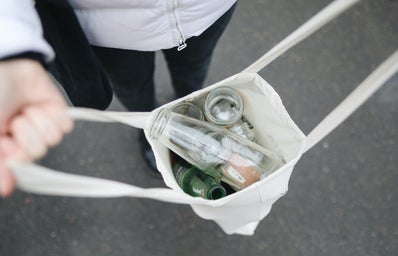The influencer: the embodiment of 21st-century marketing ploys. Our technological age has offered new avenues for innovative online advertising, targeted to specific audiences and even individuals. Despite the success of cookies and personalised ads, it’s the influencer who has come up trumps. Every day we’re seeing more and more top brands jump on the influencer bandwagon, partnering with social media stars by sponsoring posts, plugging affiliate links, and sending courtesy products for promotion.
In many ways, influencers are a positive step forward. Despite the presence of Instagram and its deceptive lens, businesses know that the consumer trusts the average person more than traditional advertising methods. Why pay hundreds to advertise your own product if you can gift a genuine human (rather than an actor) your product and allow them to do it for you? This has been significant in improving diversity and inclusivity in the marketing industry, breaking down the age-old barriers that previously made it inaccessible for those without fame. Now, anyone can become an influencer; so-called nano influencers are those with a following of anywhere between 500 and 5,000 according to marketing analysts and advisors, Klear.
The failure to keep up with this digital revolution is in part responsible for the collapse of Topshop and Philip Green’s Arcadia group. The lack of innovation and willingness to adapt saw the high street store metaphorically close its doors earlier this month, the lockdown even detracting from any final flurry of sale items in store. It is primarily online retailers who have had success with influencer marketing. In fact, fast-fashion brands, such as Missguided and Boohoo, were arguably the leading pioneers to capitalise on the marketing tactic.
The influencer wants to impress; their business depends on it. They need to be likeable and admirable to entice followers and brands alike, and to subsequently turn a profit. The bottom line: influencers have to influence the consumer. Through try-on reels and #OOTD posts, they encourage impulsive purchases and contribute to fleeting fashion trends to improve business trade. Any consideration of their environmental impact takes a back seat. Money, fame and followers are the main motivators.
If you think the idea of shopping hauls and promoting fast fashion brands sounds trivial compared to large scale burning of fossil fuels, then here are a few stats.
The fashion industry produces between 8 and 10% of the worlds greenhouse gases. The low-quality short-life clothing means nearly three fifths of all clothing produced ends up in incinerators or landfills within just a few years of being made. The cheap synthetic fibres they’re commonly made from, such as polyester and nylon, mean one load of laundry alone could release 700,000 plastic microfibers which work their way into our oceans and rivers, and eventually our food chain. And, dying one tonne of material can take up to 200 tons of fresh water, not to mention the vast amounts of irrigation needed to grow cotton crops. Even worse still, companies like Boohoo, who also own Pretty Little Thing, are renowned for exploiting employees, who work long hours in unsuitable conditions for as little as £3.50 an hour in their garment factory in Leicester.
To appeal to the masses, influencers won’t ever admit to the detrimental consequences of their actions; that is if they’re even aware of them. Too often I see influencers preach about their so-called sustainable habits and how environmentally conscious they are while simultaneously trying on their Shein shopping haul. What happened to practise what you preach?
Then there is the more obvious problem of celebrity influencers. Recently we’ve all seen the likes of love island legacies Molly Mae and Tommy Fury flocking to Dubai to escape the UK’s COVID restrictions. Insensitivity and ignorance aside, the environmental impact of frequent flying goes
without saying. Influencers are known to jet off to transatlantic destinations as often as 5 times a year, far higher if their brand is travel promotion. Their actions encourage the same behaviour from other influencers and the public too, the cumulative effect of which is even more devastating.
However, the difference between these influencer moguls and the ‘humble’ nano-influencer is that these tycoons know not to even bother making such a conflicting statement about sustainability with such a blatant disregard for the environment. With constant media scrutiny, they know that an obvious contradiction like this would be headline source material for tabloids. Small scale influencers on the other hand are still early in their career, and their eagerness to please leads to contrariness.
But the notion of a ‘sustainable influencer’ doesn’t have to be a contradiction; the two terms can be compatible. There are influencers out there using their platform for good. Sustainability activist and slow fashion advocate Venetia La Manna frequently exposes unethical brands, shares vegan recipes and investigates the impact of fast fashion on a different area of the environment.
In the same vein, non-committal ‘influencer’ Ellie Hughes runs a blog called Selflessly Styled which promotes sustainable and eco-friendly fashion brands such as Everlane. In an unlikely turn of events, however, she soon realised her error in conforming to the influencer stereotype: the promotion of even the most ethical brands goes against the very ethos these brands supposedly stand for.
The constant consumption we’ve become accustomed to in contemporary society is all-too damaging in itself, no matter how sustainable the product. There are energy usage and carbon emissions emitted through production, and travel miles incurred through delivery; no matter how much an organisation pledges carbon off-set, there will always be some contribution down the line. The best resolution is to not buy the product at all. Eventually, Hughes stopped accepting and promoting free products entirely, instead of sharing her sustainable lifestyle with tips on reducing consumption and waste.
The concept of sustainable influencing is not straight-forward. The term is used too casually when in reality, being a truly sustainable influencer takes serious commitment. Unfortunately, the picture-perfect life of the influencer has become an ideal for too many young women on social media who get sucked into the promises of free products and boosted followings without thinking of the implications lying below the surface. Despite the benefits, it might bring you, think twice before promoting a fast-fashion brand. Instead, think of the long-term impact your actions could have on our Earth. And if you’re considering entering the world of influencing, just make sure your influence is a positive one.



